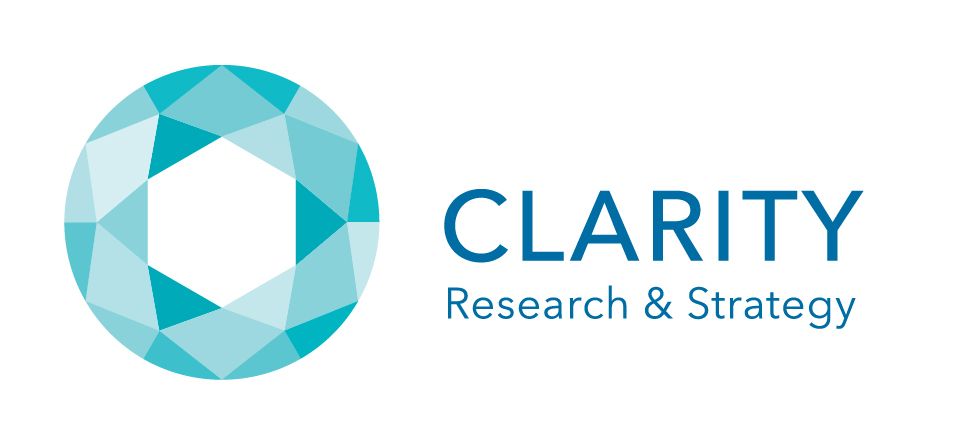Image generated using Bing.com/Copilot
Kristen Faulkner was not favored to win at the 2024 Olympics. She was not even expected to compete until a few weeks before the race, when original qualifier, Taylor Knibb, dropped out to focus on the triathlon. Faulkner had begun competitive cycling in New York City only seven years earlier. At the time, she was working full-time as an investment associate at Bessemer Venture Partners.
Faulkner took over Knibbs’s place, but was not planning to excel at the road race. The road race, after all, was not Faulkner’s core competency, or even her “A” race for the Olympics. Her original Olympic qualifier was in team track cycling, a completely different kind of event. Additionally, the U.S. women had not won an Olympic road race in four decades. That would be since Connie Carpenter-Phinney won gold in Los Angeles in 1984. No American female had won gold before, or since.
It would be tempting to look at these “realities” as a reason for Faulkner to give up and move her efforts to an area where things make sense, where there’s a chance to win.
To be honest, few were watching Faulkner during the road race since expectations for U.S. performances were modest. Yet, somehow, with that small change in the U.S. roster just weeks before the Olympics, the fates aligned, and the glimmer of some new possibility emerged.
Faulkner became the first American woman, and third female Olympian, in history to win two gold medals in two different disciplines (in her case, road cycling and track cycling) in the same Olympic Games.
Kristen Faulkner’s upset win at the Women’s Olympic Cycling Road Race is an inspiring yet humble lesson in life as well as in sport. It was driven by three core attitudes:
- Curiosity that drove Faulkner to make radical changes.
- Confidence that all the negatives could be overcome.
- Clarity about her strengths and what needed to be done.
Today’s rapidly evolving business landscape demands staying ahead of the curve, not unlike competing in the Olympics. Combining curiosity-driven new insights with a confident strategy can lead to clarity resulting in a critical impact on a company’s performance, competitiveness, and growth. This post discuss the importance of uncovering new insights and developing a solid strategy, and how these elements can drive transformative change within an organization.
The Power of New Insights
New insights are the lifeblood of innovation and progress in the business world. They can come from various sources, including market research, customer feedback, and industry trends. They are initiated by an embracing of curiosity. These insights can reveal untapped market opportunities, emerging customer needs, or potential competitive threats. Armed with this knowledge, businesses can make informed decisions, adjust their strategies, and capitalize on new opportunities.
Developing a Solid Strategy
Curiosity converted to an insight facilitates a functional strategy. A solid strategy is a roadmap that guides a company’s actions and decisions. It involves setting clear objectives, determining the best course of action to achieve these objectives, and allocating resources effectively. A well-crafted strategy ensures that an organization’s efforts are aligned with its goals and that the company is prepared to navigate the challenges and opportunities that arise in the market.
Driving Innovation and Growth
When new insights are paired with a solid strategy, businesses can unlock their full potential for innovation and growth. By understanding the market landscape, customer needs, and competitive forces, organizations can identify opportunities for product development, process improvements, and market expansion. This proactive approach to innovation allows companies to stay ahead of the competition and maintain their relevance in the ever-changing business environment.
Enhancing Competitive Advantage
Combining new insights with a robust strategy can also help businesses build and maintain a competitive advantage. By staying attuned to market shifts, industry trends, and customer preferences, organizations can adapt their strategies and offerings to stay ahead of their competitors. This agility enables companies to seize opportunities, mitigate risks, and continuously evolve to meet the demands of the market.
Strengthening Customer RelationshipsNew insights, when leveraged strategically, can help businesses strengthen their relationships with their customers. By understanding customer needs, preferences, and pain points, companies can develop products, services, and marketing campaigns that resonate with their target audience. This customer-centric approach can lead to increased satisfaction, loyalty, and, ultimately, long-term success for the business.
Boosting Organizational Resilience
The combination of new insights and a solid strategy can help businesses become more resilient in the face of challenges and uncertainty. By staying informed about the market and adapting their strategies accordingly, organizations can navigate turbulent times and emerge stronger than before. This resilience is vital for maintaining long-term success and stability in an increasingly complex and unpredictable business landscape.
Reaching the Finish Line
The integration of new insights with a solid strategy can have a critical impact on a business’s success, competitiveness, and growth, just like Kristen Faulkner’s curiosity, confidence, and clarity led to gold medals. By staying informed, developing robust strategies, and leveraging insights to drive innovation, businesses can stay ahead of the competitors and thrive in today’s dynamic market environment. Ultimately, the combination of new insights and strategic planning can unlock an organization’s full potential and pave the way for long-term winning.
Want to Learn More About CLARITY?
- Read our Amazon bestseller: Three Wise Monkeys: How Creating a Culture of Clarity Creates Transformative Success
- Read about Innovation and Marketing Insight Missions: Comparing an Insight Project to a Military Mission
- See how we helped Hasbro innovate for a new audience
- Let’s talk about moving from curiosity to clarity to customers: Contact Us





